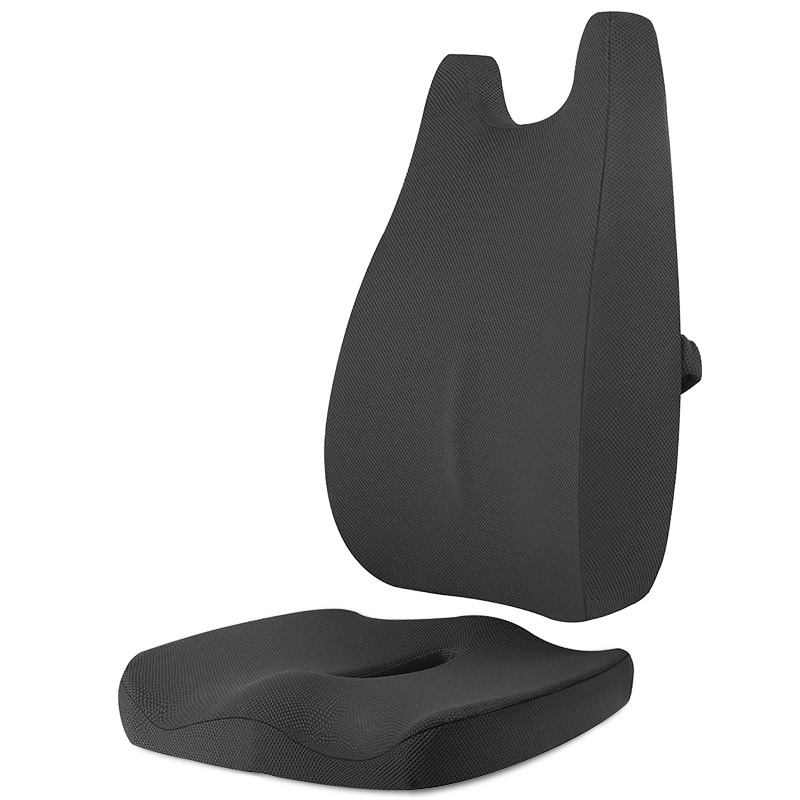Temperature and humidity significantly impact the performance of memory foam back cushions in several ways:
Temperature Sensitivity:Softening Effect: Memory foam is temperature-sensitive, meaning it becomes softer and more pliable in warmer conditions. This can enhance comfort by allowing the foam to better contour to the body's shape, providing personalized support.Firmness in Cold: Conversely, in cooler temperatures, memory foam tends to become firmer and less responsive. This can lead to a less comfortable experience, as the foam may not conform as well to the user's body, potentially resulting in increased pressure points.
Humidity Influence:Moisture Absorption: Memory foam can absorb moisture from the air. High humidity levels may cause the foam to retain more moisture, potentially affecting its firmness and support properties. This can lead to a feeling of dampness, which might be uncomfortable for some users.Mold and Mildew Growth: Excess moisture in humid conditions can create an environment conducive to mold and mildew growth, especially if the cushions are not properly ventilated. This can impact hygiene and lead to odors.

Breathability and Ventilation:Design Considerations: Many memory foam cushions incorporate ventilation features, such as breathable covers or open-cell structures, to enhance airflow and reduce heat retention. This helps mitigate the effects of temperature and humidity, providing a more comfortable experience.Cooling Technologies: Some memory foam back cushions are infused with cooling gels or other materials designed to dissipate heat and regulate temperature, improving comfort in warm environments.
User Experience:Seasonal Variability: Users may experience different comfort levels with their memory foam cushions depending on the season. For example, they might find the cushions more comfortable in winter when the temperature is lower but feel too warm in summer without proper ventilation.Adaptation Time: Users may need time to adapt to the feel of memory foam, especially in varying temperatures. Initially, the foam may feel too firm or too soft until it acclimates to the body heat and weight.
Durability:Material Degradation: Extreme temperatures and high humidity can potentially affect the longevity of memory foam. Prolonged exposure to excessive heat or moisture can lead to material breakdown over time, reducing the cushion's lifespan.
Temperature and humidity play crucial roles in the performance of memory foam back cushions. Warmer temperatures enhance the foam's contouring ability, while cooler conditions can make it feel firmer. High humidity can affect comfort and hygiene by increasing moisture retention. Choosing memory foam cushions with good breathability and cooling features can help mitigate these effects and enhance overall comfort.